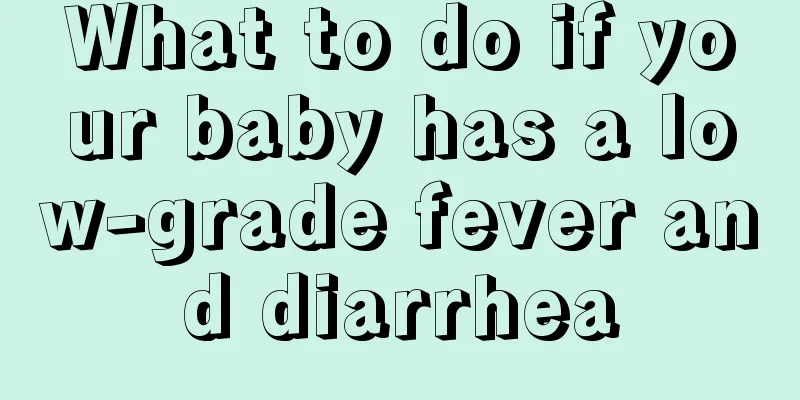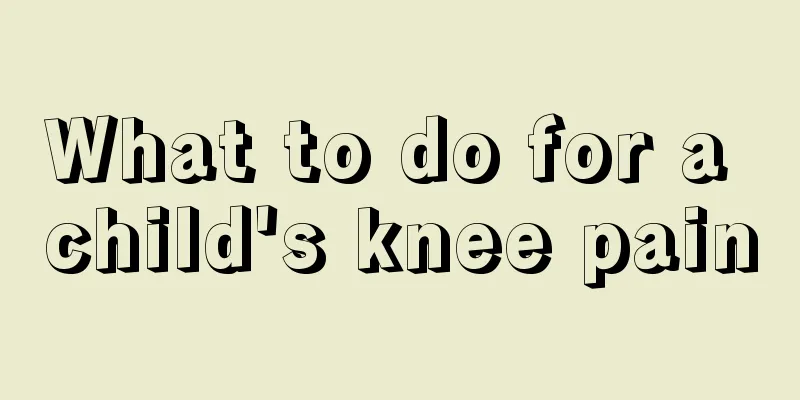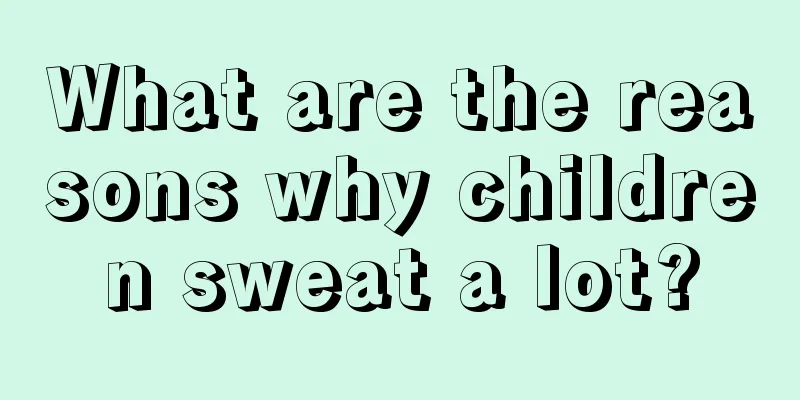What are the dangers of hypothermia in babies?

|
A baby's hypothermia can be a great hindrance to the baby's development, mainly because hypothermia will cause most of the body's functions to run slowly, affect the absorption of nutrients, and the respiratory system will become very fragile. Therefore, when the baby's body temperature is too low, you should add clothes to the baby and take the baby for treatment in time. Now let us introduce to you the dangers of low body temperature in babies. The human body has a normal body temperature. Although there are changes in the body temperature difference between children and adults, many parents will find that their baby's body temperature is lower than that of normal people. This phenomenon is harmful. Low body temperature can lead to accelerated physiological functions, including affecting the heart, brain, blood vessels, and respiratory systems. Severe cases can lead to drowsiness, mental confusion, irritability, and hallucinations. Parents need to observe whether their babies have these symptoms. The hazards of hypothermia are as follows: Prolonged exposure to any temperature, when the body dissipates more heat than it produces, can cause hypothermia. Hypothermia most commonly occurs during cold weather or after immersion in water. It is very harmful to the human body. Let’s take a look at the dangers of low body temperature. Hypothermia can result in acceleration of all physiological functions, including the cardiovascular and respiratory systems, nerve conduction, mental acuity, neuromuscular reaction time, and metabolic rate. As a young child, hypothermia caused by immersing the whole body in near-freezing water can protect the brain from low oxygen. A decrease in core body temperature can cause apathy, drowsiness, clumsiness, confusion, irritability, hallucinations, slowed or stopped breathing, and a slowed, irregular, and finally stopped heartbeat. But as long as the patient is not warm, he should not be considered dead. A rectal temperature < 34°C helps differentiate the disorder from similar symptoms due to heart disease, diabetic coma, insulin overdose, cerebrovascular accident, or drug abuse. Ordinary clinical thermometers cannot measure very low body temperatures caused by hypothermia, and special hypothermia measuring instruments must be used. If there is only a standard clinical thermometer, the mercury column cannot rise above 34°C, indicating hypothermia. |
<<: Are there any side effects of using enema on children?
>>: There is clear mucus in the female baby's lower body
Recommend
What are the symptoms of chronic pharyngitis in children
The child's diet is irregular. He eats a lot ...
What is the standard weight for a three-month-old baby?
For parents, during their baby's growth stage...
How to correct children's unclear articulation
Nowadays, more and more attention is paid to the ...
How to treat hot hands and feet in babies
When the baby's hands and feet are hot, paren...
Treatment for blisters on children's hands
Many parents will find that their children often ...
What to do if the new baby has poor digestion
Since infants' gastrointestinal functions are...
How to treat sleepwalking in children? Notice to Parents
If a child sleepwalks, you must pay attention to ...
Why does the baby pick his belly button?
Babies are very young and are curious about many ...
How can teenagers improve their physical fitness?
We all know that when we are weak, we are very li...
How to improve children's memory
Some children are born very naughty. Nowadays, ma...
At what age can a baby recover from hypothyroidism?
Hypothyroidism is an endocrine disease. It is rel...
Will children with cerebral palsy smile when they sleep?
Cerebral palsy is a fetal central nervous system ...
Is it caused by internal heat when children cough with yellow phlegm?
The child is still very young and should not have...
What kind of milk is good for a two-year-old?
Many women choose to breastfeed after giving birt...
What to do if a fish bone gets stuck in your throat
When many parents feed their babies fish, if they...









